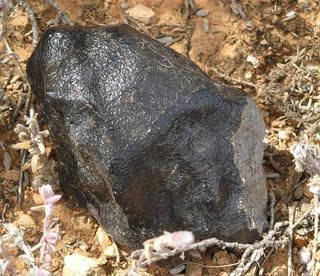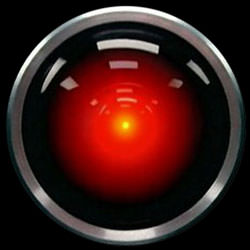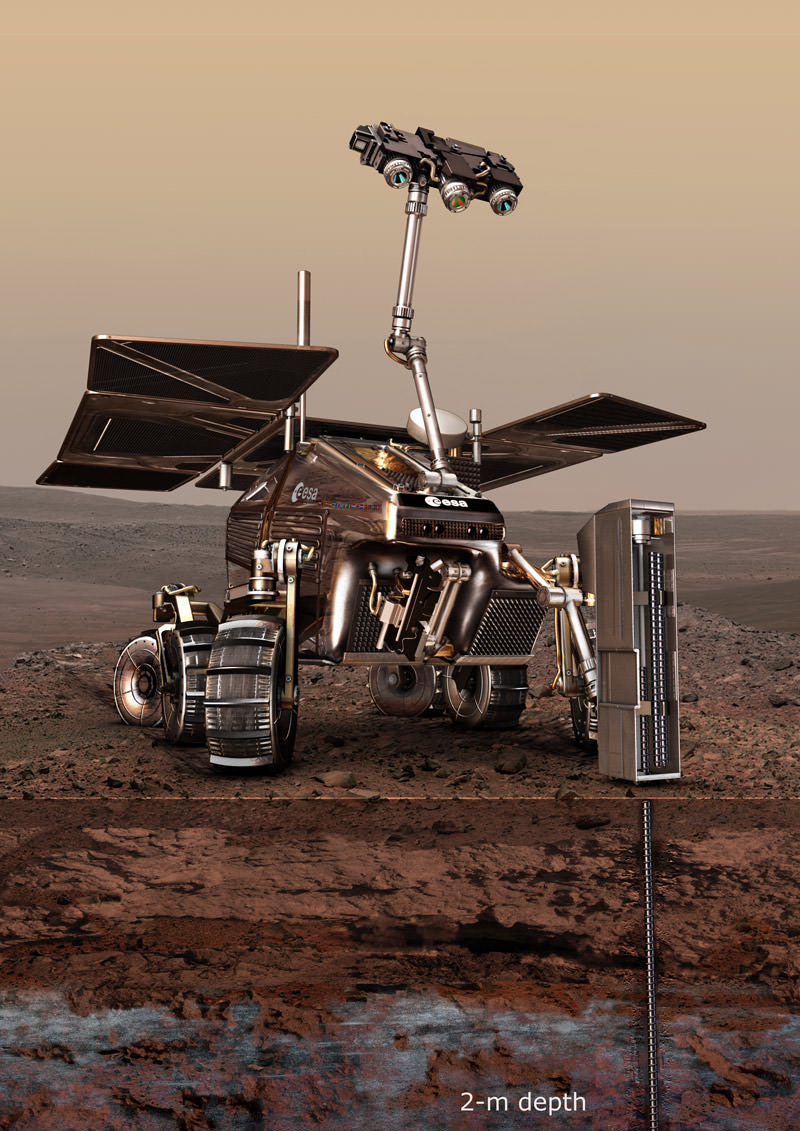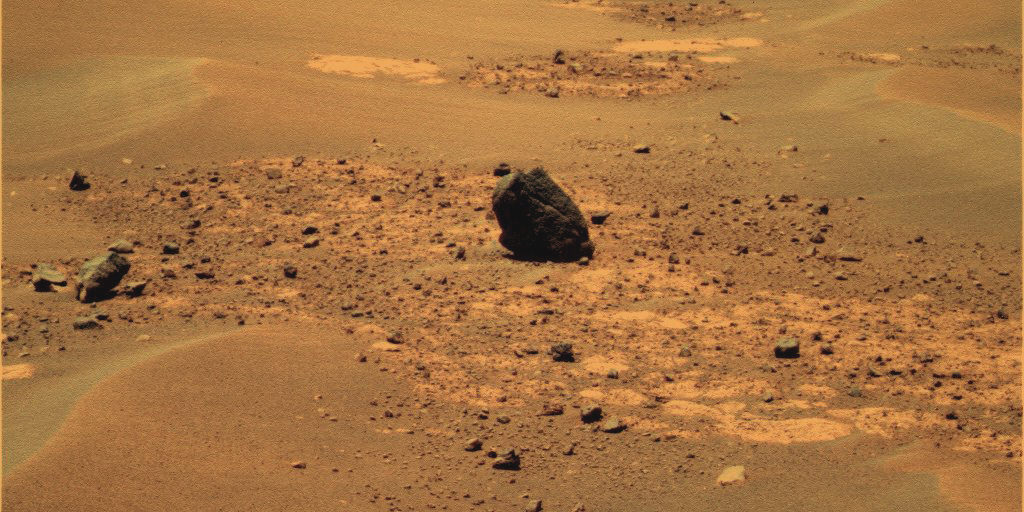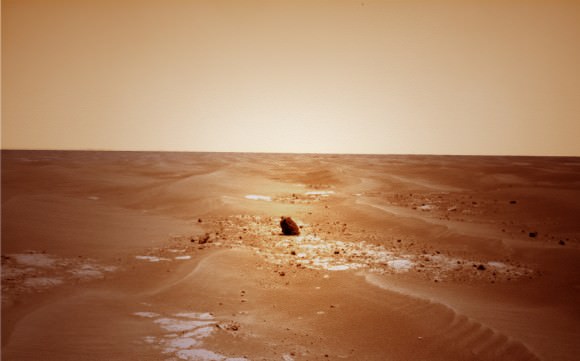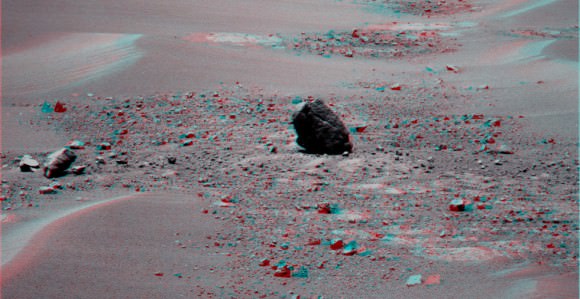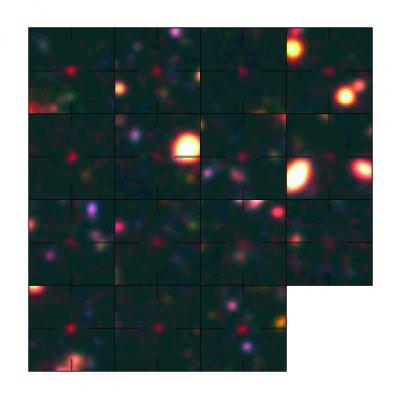[/caption]
Astronomers looking to pinpoint when the reionozation of the Universe took place have found some of the earliest galaxies about 800 million years after the Big Bang. 22 early galaxies were found using a method that looks for far-away redshifting sources that disappear or “drop-out” at a specific wavelength. The age of one galaxy was confirmed by a characteristic neutral hydrogen signature at 787 million years after the Big Bang. The finding is the first age-confirmation of a so-called dropout galaxy at that distant time and pinpoints when the reionization epoch likely began.
The reionization period is about the farthest back in time that astronomers can observe. The Big Bang, 13.7 billion years ago, created a hot, murky universe. Some 400,000 years later, temperatures cooled, electrons and protons joined to form neutral hydrogen, and the murk cleared. Some time before 1 billion years after the Big Bang, neutral hydrogen began to form stars in the first galaxies, which radiated energy and changed the hydrogen back to being ionized. Although not the thick plasma soup of the earlier period just after the Big Bang, this star formation started the reionization epoch.
Astronomers know that this era ended about 1 billion years after the Big Bang, but when it began has eluded them.
We look for ‘dropout’ galaxies,” said Masami Ouchi, who led a US and Japanese team of astronomers looking back at the reionization epoch. “We use progressively redder filters that reveal increasing wavelengths of light and watch which galaxies disappear from or ‘dropout’ of images made using those filters. Older, more distant galaxies ‘dropout’ of progressively redder filters and the specific wavelengths can tell us the galaxies’ distance and age. What makes this study different is that we surveyed an area that is over 100 times larger than previous ones and, as a result, had a larger sample of early galaxies (22) than past surveys. Plus, we were able to confirm one galaxy’s age,” he continued. “Since all the galaxies were found using the same dropout technique, they are likely to be the same age.”
Ouchi’s team was able to conduct such a large survey because they used a custom-made, super-red filter and other unique technological advancements in red sensitivity on the wide-field camera of the 8.3-meter Subaru Telescope. They made their observations from 2006 to 2009 in the Subaru Deep Field and Great Observatories Origins Deep Survey North field. They then compared their observations with data gathered in other studies.
Astronomers have wondered whether the universe underwent reionization instantaneously or gradually over time, but more importantly, they have tried to isolate when the universe began reionization. Galaxy density and brightness measurements are key to calculating star-formation rates, which tell a lot about what happened when. The astronomers looked at star-formation rates and the rate at which hydrogen was ionized.
Using data from their study and others, they determined that the star-formation rates were dramatically lower from 800 million years to about one billion years after the Big Bang, then thereafter. Accordingly, they calculated that the rate of ionization would be very slow during this early time, because of this low star-formation rate.
“We were really surprised that the rate of ionization seems so low, which would constitute a contradiction with the claim of NASA’s WMAP satellite. It concluded that reionization started no later than 600 million years after the Big Bang,” remarked Ouchi. “We think this riddle might be explained by more efficient ionizing photon production rates in early galaxies. The formation of massive stars may have been much more vigorous then than in today’s galaxies. Fewer, massive stars produce more ionizing photons than many smaller stars,” he explained.
The research will be published in a December issue of the Astrophysical Journal.
Source: EurekAlert


